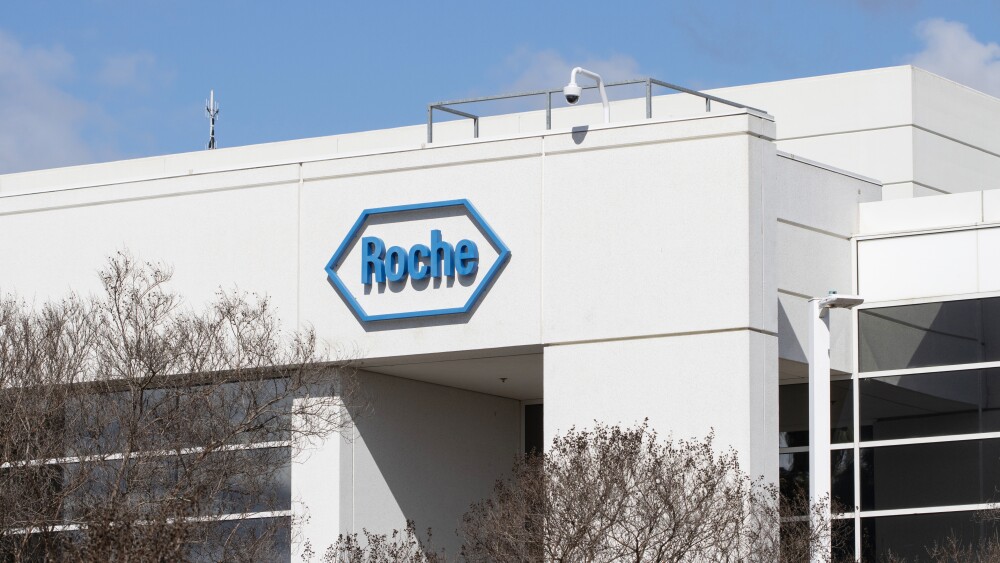Ivonescimab’s progression-free survival data in non-small cell lung cancer bode well for an upcoming overall survival readout, according to Truist analysts, who noted that “OS is likely to be statistically significant” in favor of the PD-1/VEGF bispecific.
Akeso and Summit Therapeutics’ closely watched PD-1/VEGF inhibitor ivonescimab significantly improved progression-free survival when used as a first-line treatment option for patients with advanced non-small cell lung cancer, though overall survival data continue to be missing from the picture.
Still, analysts at Truist Securities appear to be encouraged by these findings, writing in a note to investors on Sunday that the readout “supports our view that final OS [overall survival] is likely to be statistically significant as data mature.”
“This is good!” Truist added, noting that ivonescimab’s progression-free survival (PFS) performance “landed firmly above expectations, and on the top end of investor sentiment.”
The data, presented Sunday at the 2025 European Society for Medical Oncology (ESMO) meeting in Berlin, come from the Phase III HARMONi-6 study, a China-based trial that enrolled more than 530 patients with squamous NSCLC who had not been exposed to prior systemic therapies. At the time of the readout, patients taking ivonescimab plus chemo saw a median PFS of 11.4 months, as compared with only 6.9 months in comparators treated with BeOne’s Tevimbra plus chemotherapy.
These outcomes, according to Akeso’s presentation, correspond to a 40% advantage in favor of ivonescimab, an effect that was highly statistically significant.
According to Truist, this PFS outcome “leaves no room for doubts at this juncture, in our view” for ivonescimab’s benefit in frontline NSCLC. “We think investors will be pleased with this readout,” the analysts continued, adding that Akeso’s presentation “strengthens our confidence in ivonescimab’s differentiated PD-1 × VEGF mechanism.”
As for safety, Akeso reported that 99.2% of patients in the ivonescimab group experienced treatment-related adverse events, versus 98.5% in the Tevimbra arm. Eight patients on the ivonescimab schedule died, as opposed to 10 fatalities in the Tevimbra group. Sunday’s safety data “gives us great comfort,” the Truist analysts said, also suggesting that ivonescimab’s “design helps prevent off-tumor effect.”
Despite these encouraging data, ivonescimab continues to face some uncertainty, particularly regarding U.S. approval. In September, Akeso and U.S. partner Summit released data for the PD-1/VEGF bispecific hinting at better survival outcomes in Asian patients versus Western populations. Results from the late-stage HARMONI study showed that ivonescimab plus chemotherapy elicited a 22% OS benefit in Western patients, coming just shy of statistical significance.
In May, Summit had announced that the FDA would need to see a statistically significant OS benefit before accepting a marketing authorization.






